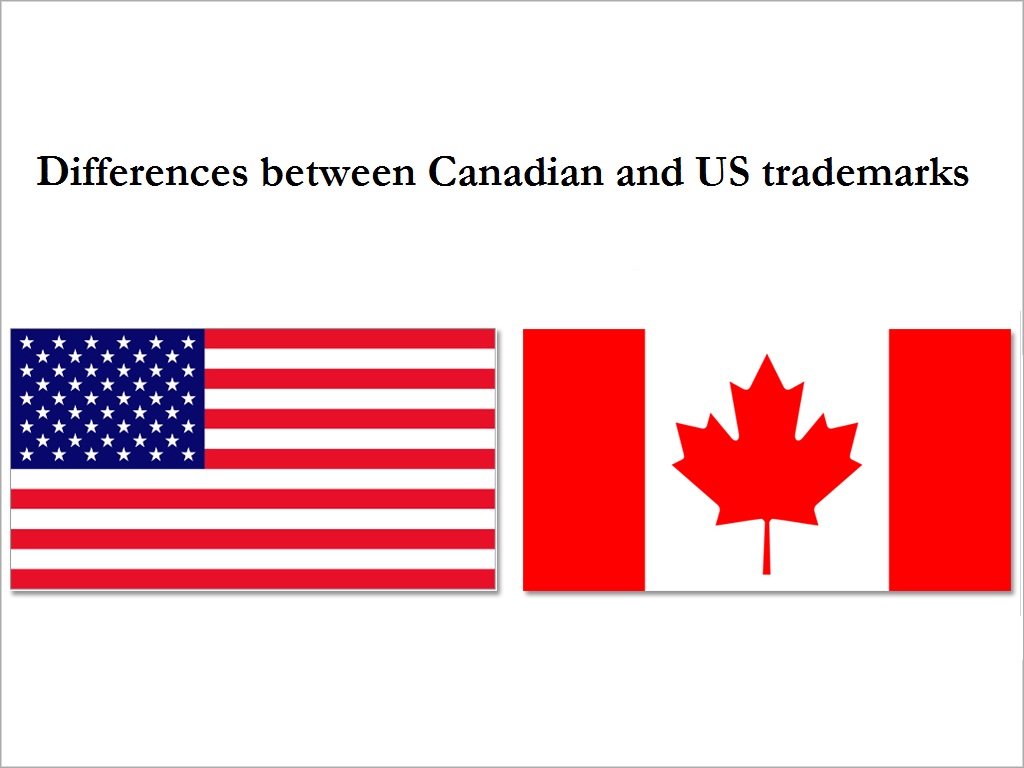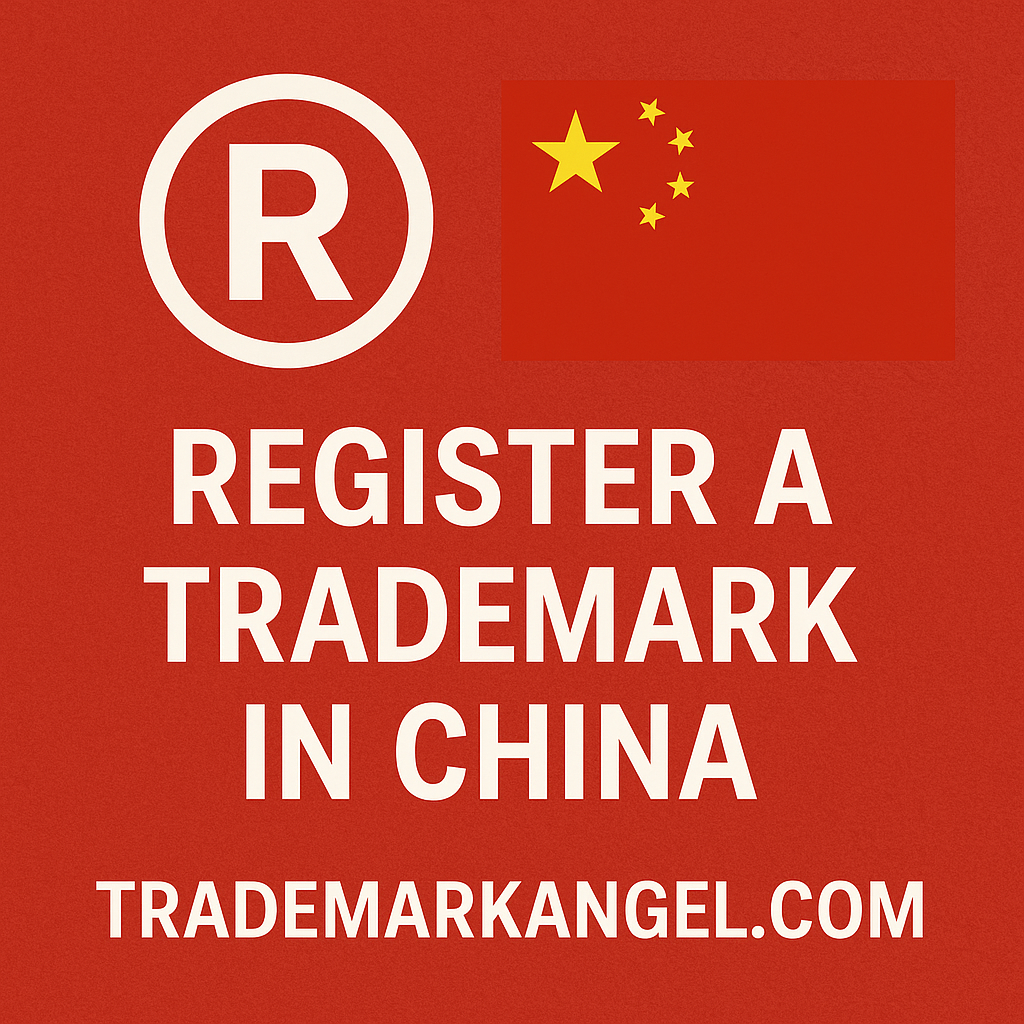Generally, the US and Canada trademarks have similar trademark application requirements. Nevertheless, some differences exist between the two.
1. Extra filing fees for goods (products) or services in two or more classes
In the US, all goods and services are classified (divided) into 45 distinct classes. The filing fees in the US depend on the number of selected “classes” of goods or services in the trademark application. There is no discount on government fees regardless of the number of classes.
On the other hand, in Canada, the government fees are discounted from the 2nd class, so the full fee is only paid for the 1st class of goods or services.
2. Registration of trademarks
Canada and the US have separate trademark registration systems. A trademark which is registrable in the US may not be registrable in the Canada, and vice versa.
3. Change of filing basis
In the US, applications can be filed on the “use” basis or “intent to use” basis.
In the US, an applicant can file a trademark application based on “intent to use” if he/she has not sold any products in the US yet. He/she can later change the filing basis to “use.”
In July 2019 Canada got rid of the bases so now when an application is filed, there is no filing basis. Use is still important but right now there is no way of knowing if a mark is in use or not when it’s filed.
4. Non-traditional marks
Canada recently started accepting applications for non-traditional types of trademarks.
The United States has been more open in registering non-traditional trademarks. In the United States, sound trademarks have been registered for over 60 years, and other non-traditional marks like motions, scents, textures and holograms have been registered.
5. Principal and Supplemental registers
A single trademark register (place where trademarks can be registered) is used in Canada.
In the US Federal law, both Principal and Supplemental registers are present. The Supplemental Register simply provides limited protection for trademarks which are not registrable on the Principal Register.
Trademarks which only describe the goods or services of the applicant are ineligible for registration on the Principal Register, but such marks may be eligible for registration on the Supplemental Register. If a mark is registered on the Supplemental Register, the trademark owner can use the trademark together with the ® symbol, and the trademark will be cited by the United States Patent and Trademark Office against any pending applications.
6. Evidence of Use
For US trademark applications filed on an “intent to use” basis, a mandatory Statement of Use must be filed before a trademark is registered. Generally, an applicant get 6 months to file Statement of use after the trademark has been allowed. Up to 5 6-month extensions of time may be obtained.
7. Post registration maintenance
Both in Canada and the US, the renewal period is every 10 years.
However, in the US, there is an extra step: a mandatory post-registration Declaration of Use must be filed between the 5th and the 6th year after registration in order to maintain the trademark. At the time registrant, once again, must prove use of the trademark in order to maintain it.
8. Use of the ® Symbol
Trademark owners are not required to use the ® Symbol in the United States and Canada.
In the US, the ® symbol can only be used with a registered trademark.
9. Opposition period
The opposition period is two months in Canada.
In the US it’s only 30 days after a trademark has been advertised for opposition purposes.
10. Time from filing to registration
It takes on average of 9-11 months after filing to achieve registration in the US.
In Canada, it takes much longer: currently it takes 36 months or even more from filing to registration.
11. Extensions of time
In the US, the number of extensions you can get is strictly regulated. One cannot get an extension of time to respond to an office action and five extensions of time are available once a trademark is allowed.
Canadian Trademarks Office is more lenient when it comes to asking for an extension of time.
11. Official trademarks
“Official marks” are available in Canada only. These are special marks used by governments, public authorities, Royalty, and universities. Official trademarks include the Red Cross, Olympic rings, the Royal Arms and the national flags of most countries.
The US does not have official marks.
Conclusion:
Although the US and Canadian trademark law have some similarities, there are still differences between the two countries’ law.
Knowing the similarities and differences between Canadian and American trademark laws can assist brand owners ineffective trademark portfolio management in both countries.
Trademark Angel can help you determine which trademarks need to be protected and in which jurisdictions. You can contact us today for a free trademark consultation. We are here to help you with your trademark issues.






